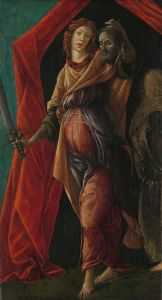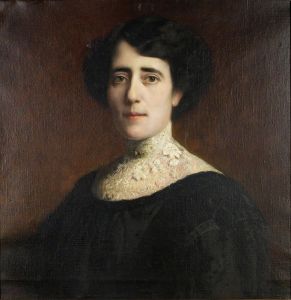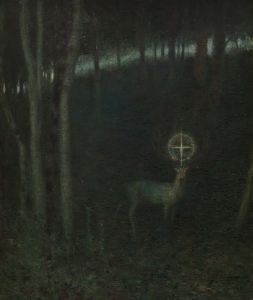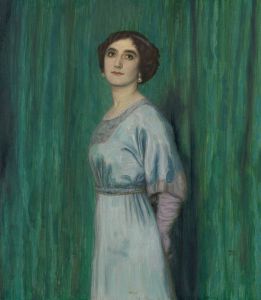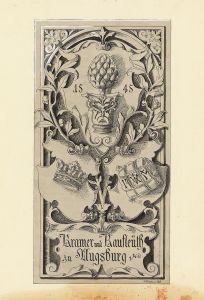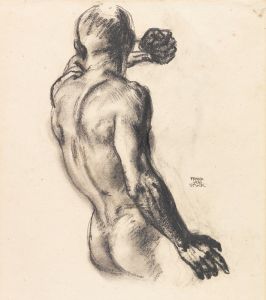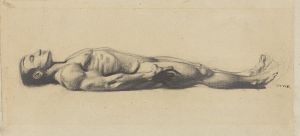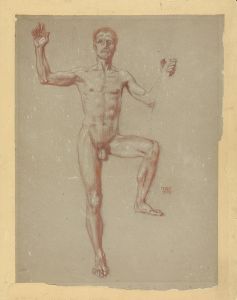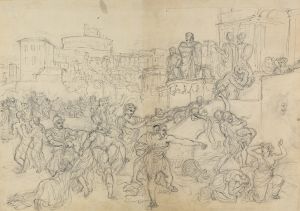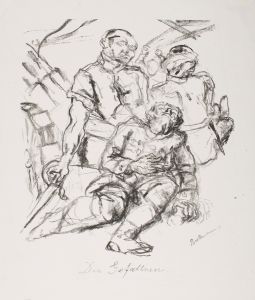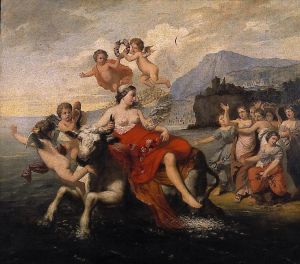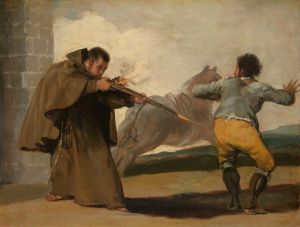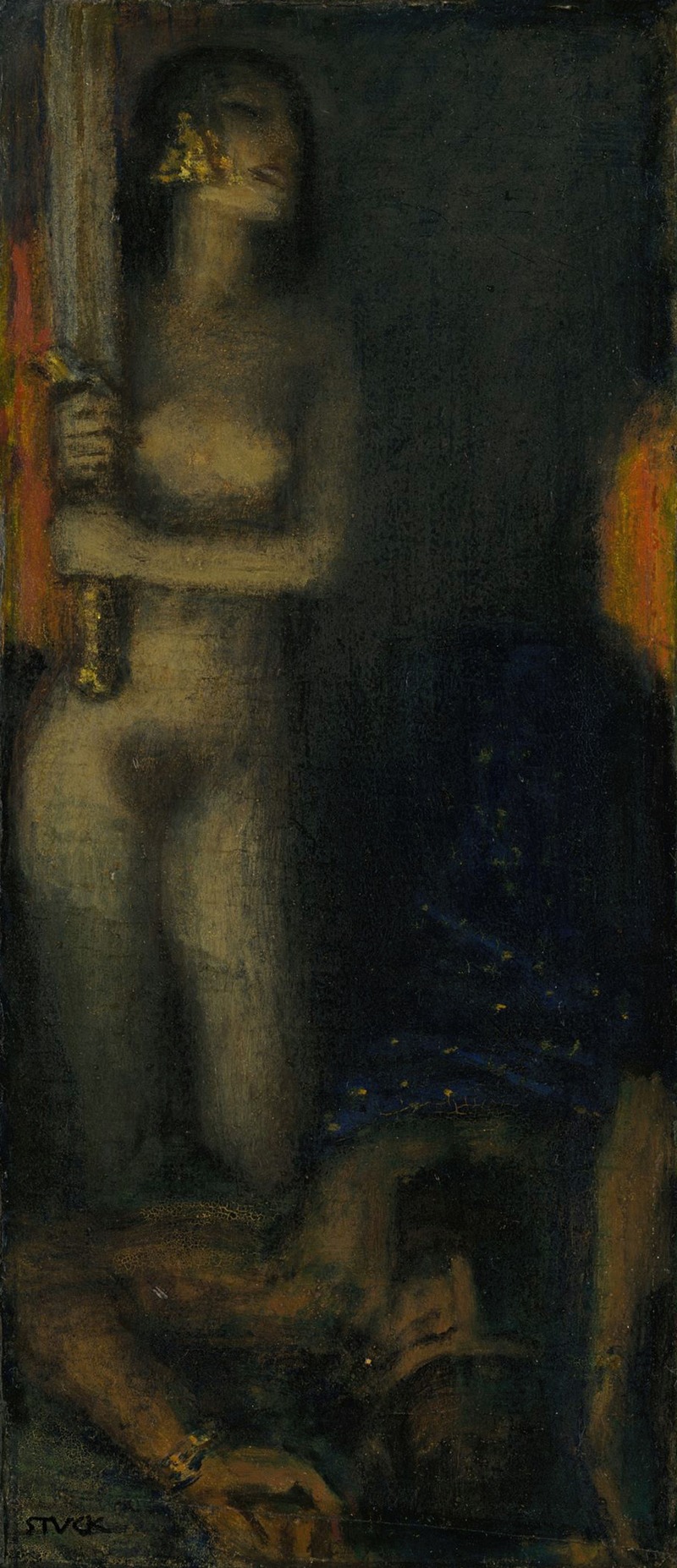
Judith and Holofernes
A hand-painted replica of Franz von Stuck’s masterpiece Judith and Holofernes, meticulously crafted by professional artists to capture the true essence of the original. Each piece is created with museum-quality canvas and rare mineral pigments, carefully painted by experienced artists with delicate brushstrokes and rich, layered colors to perfectly recreate the texture of the original artwork. Unlike machine-printed reproductions, this hand-painted version brings the painting to life, infused with the artist’s emotions and skill in every stroke. Whether for personal collection or home decoration, it instantly elevates the artistic atmosphere of any space.
Franz von Stuck's "Judith and Holofernes" is a notable painting by the German symbolist artist, created in 1927. Stuck was a prominent figure in the Munich Secession movement and is known for his evocative and often mythological subject matter. This particular work is an interpretation of the biblical story of Judith, a Jewish heroine, and Holofernes, an Assyrian general, which has been a popular subject in art for centuries.
The story of Judith and Holofernes comes from the deuterocanonical Book of Judith. According to the narrative, Judith, a beautiful widow, saves her city, Bethulia, from the Assyrian army by seducing and then beheading Holofernes, the enemy general. This act of bravery and cunning has been depicted by numerous artists throughout history, including Caravaggio, Artemisia Gentileschi, and Gustav Klimt, each bringing their own interpretation to the dramatic and often violent scene.
Franz von Stuck's rendition of "Judith and Holofernes" reflects his symbolist style, characterized by a focus on mythological and allegorical themes, as well as a fascination with the darker aspects of human nature. Stuck's work often explores themes of power, seduction, and mortality, which are evident in this painting. His use of color, composition, and form creates a dramatic and intense atmosphere, capturing the tension and emotion of the moment.
In "Judith and Holofernes," Stuck portrays Judith as a powerful and enigmatic figure. The painting emphasizes her strength and determination, qualities that are central to her character in the biblical story. Stuck's Judith is both a seductress and a warrior, embodying the duality of her role as both a savior and an executioner. The depiction of Holofernes, on the other hand, often focuses on his vulnerability and the moment of his defeat, highlighting the reversal of power dynamics between the two figures.
Stuck's use of light and shadow in the painting enhances the dramatic effect, drawing attention to Judith's expression and the decisive moment of action. The composition is carefully balanced to convey a sense of movement and tension, with Judith's poised figure contrasting with the lifeless form of Holofernes. This interplay of light and dark, life and death, is a hallmark of Stuck's work and contributes to the painting's emotional impact.
"Judith and Holofernes" by Franz von Stuck is an important example of early 20th-century symbolist art. It reflects the artist's interest in exploring complex themes through mythological and biblical subjects, as well as his skill in creating visually striking and thought-provoking images. The painting is part of Stuck's broader oeuvre, which includes a wide range of works that delve into the human psyche and the mysteries of existence.
Today, Franz von Stuck's "Judith and Holofernes" is appreciated for its artistic merit and its contribution to the rich tradition of Judith-themed artworks. It stands as a testament to Stuck's ability to reinterpret classical themes with a modern sensibility, making it a significant piece in the history of art.





